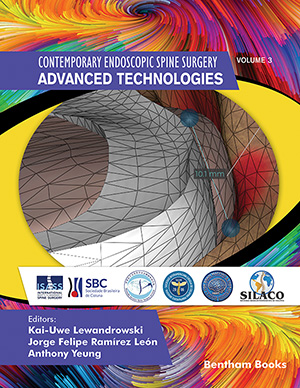Abstract
Successful implementation of endoscopic spinal surgery programs hinges on
reliable performance and case cost similar to traditional decompression surgeries of the
lumbar spine. Spinal endoscopes used during routine lumbar decompression surgeries
for herniated disc and spinal stenosis should have an estimated life cycle between 150
to 300 surgeries. However, actual numbers may be substantially lower. Abusive use by
surgeons, mishandling by staff, and deviation from prescribed cleaning and sterilization
protocols may substantially shorten the life cycle. Contingency protocols should be in
place to readily replace a broken spinal endoscope during surgery. More
comprehensive implementation of endoscopic spine surgery techniques will hinge on
technology advancements to make these high-tech surgical instruments more resistant
to the stress of daily use and abuse of expanded clinical indications' surgery. The
regulatory burden on endoscope makers is likely to increase, calling for increased
reimbursement for facilities to cover the added expense for capital equipment purchase,
disposables, and the cost of the endoscopic spine surgery program's maintenance. In
this chapter, the authors review such maintenance programs' cornerstones in the current
regulatory environment that one should implement when attempting to run an
endoscopic spinal surgery program at their healthcare facility.
Keywords: Equipment Durability, Cost, Maintenance, Regulatory, Spinal endoscopy






















